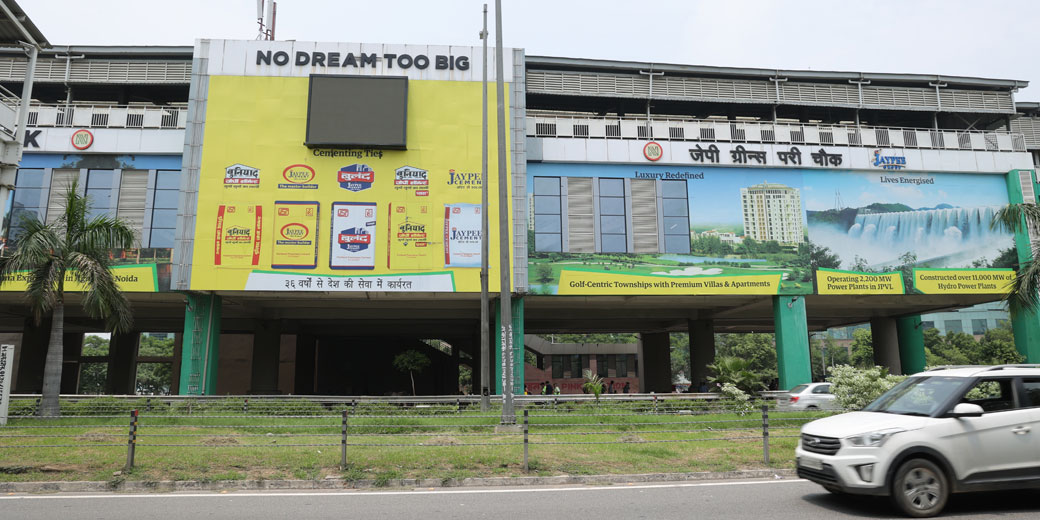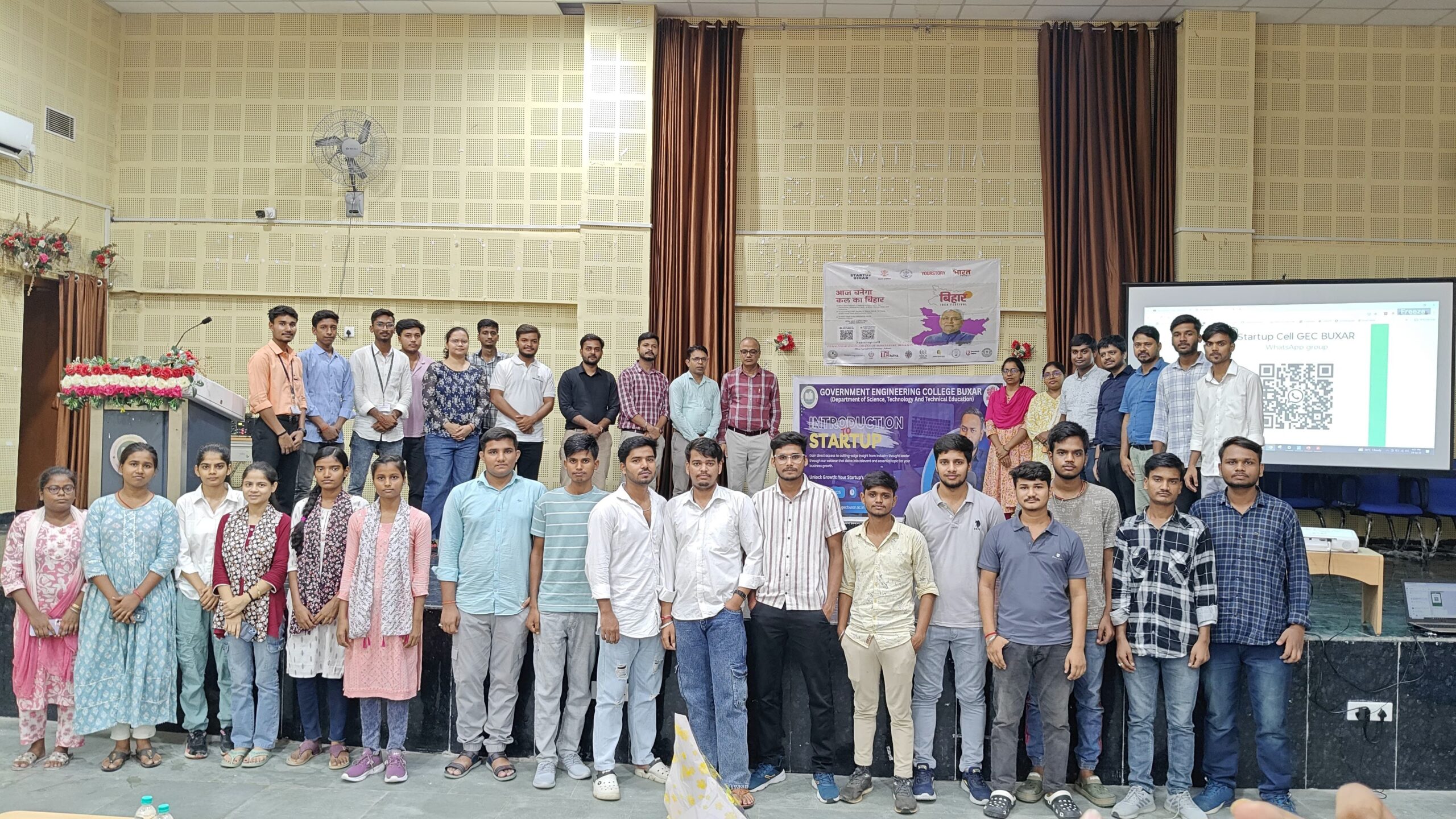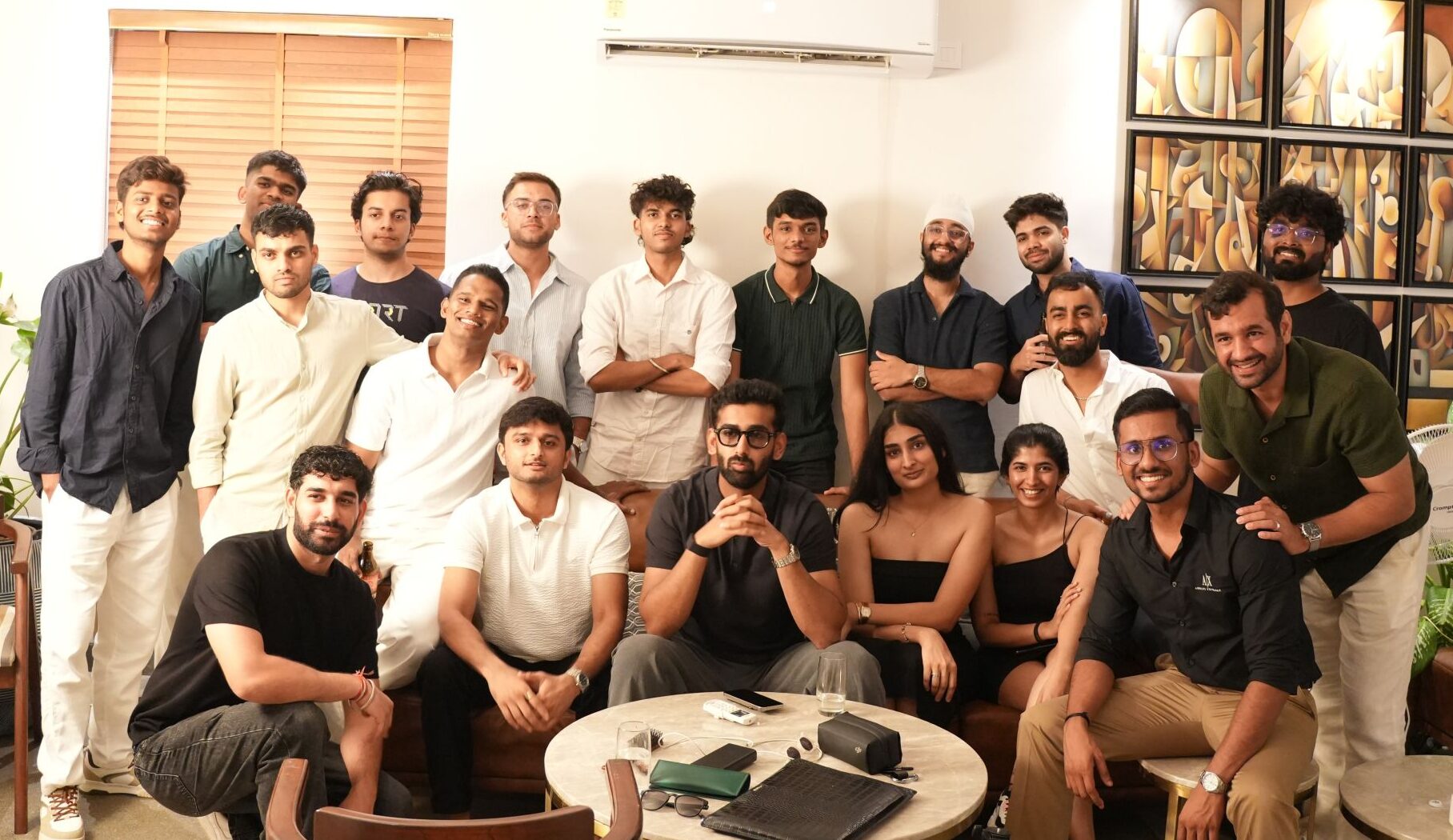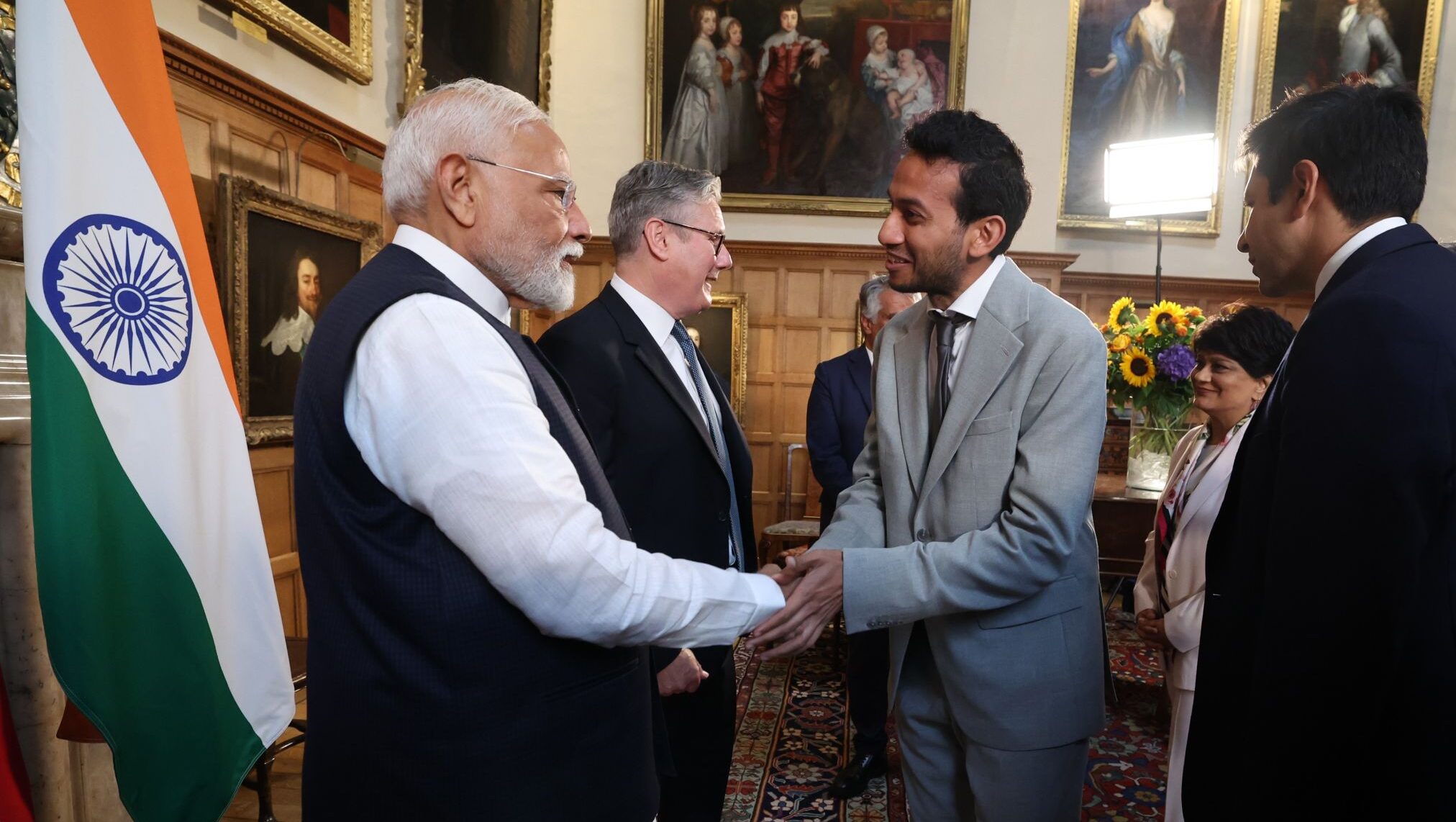Good Earth was established in 1996 by Anita Lal, who set out to create a brand that emphasizes quality and sustainability. It has become a leader in Indian luxury by combining traditional craftsmanship with modern design. In the last 25 years, the brand has redefined local luxury and supported the revival of traditional arts. Good Earth has positioned itself as a global representative of India’s rich culture.
Founding Vision: Celebrating Indian Craftsmanship
A psychology graduate with a love for studio pottery, Anita Lal had an idea for a business that would elevate India’s handcrafted heritage to the fore of contemporary society. She had a definite goal in mind to give traditional crafts a place in contemporary homes so they can thrive and survive.
Design Philosophy: Bridging Tradition and Modernity
Storytelling is emphasised in Good Earth’s designs. India’s many civilisations, mythologies, and landscapes serve as inspiration for each collection, which produces products that suit modern tastes. In addition to bringing new design concepts, the brand works with artisans around the nation to guarantee authenticity.
Expansion and Global Recognition
Since opening its first store in Kemps Corner, Mumbai, Good Earth has expanded to major Indian cities as well as outside. It has established itself as a global supplier of Indian luxury goods thanks to agreements with foreign organisations and pop-up shops in locations like the Maldives.
Sustainability and Ethical Practices
Good Earth prioritises sustainability. The business uses environmentally friendly materials, sustainable packaging, and items that are supplied responsibly.
Legacy and Future Endeavors
In a recent celebration of its 25th anniversary, Good Earth honoured the creators of its most iconic designs. This business wants to expand while being loyal to India’s rich history and fundamental values.
The business has established a distinctive position in the market by fusing Indian handcrafted talents with modern elegance. It sets a very high bar for environmentally conscious and culturally significant design.
Also Read: India’s Economic Ascent: The Crucial Role of MSMEs in Reaching Global Top 4
























